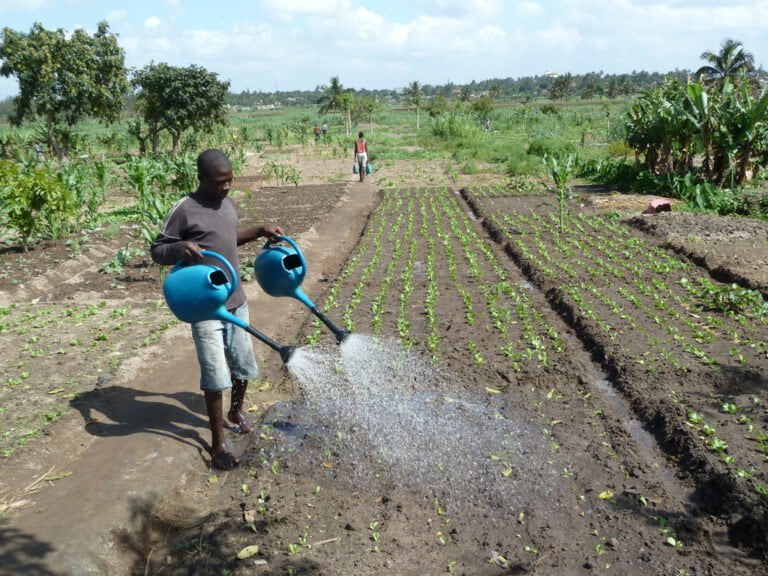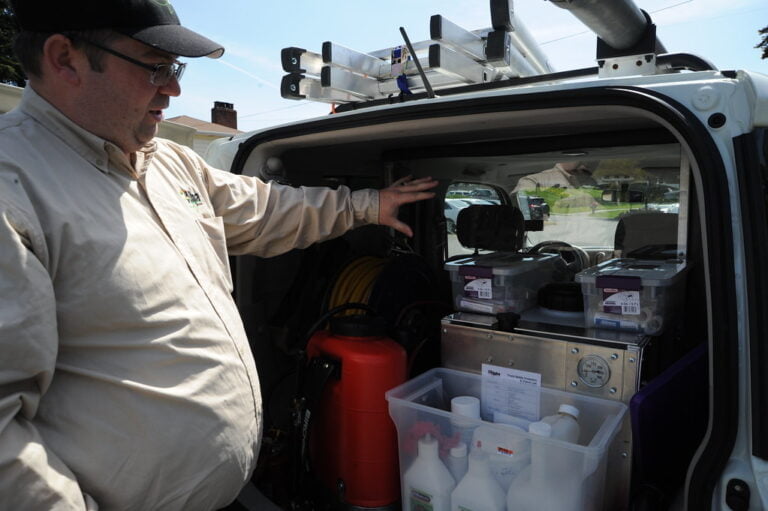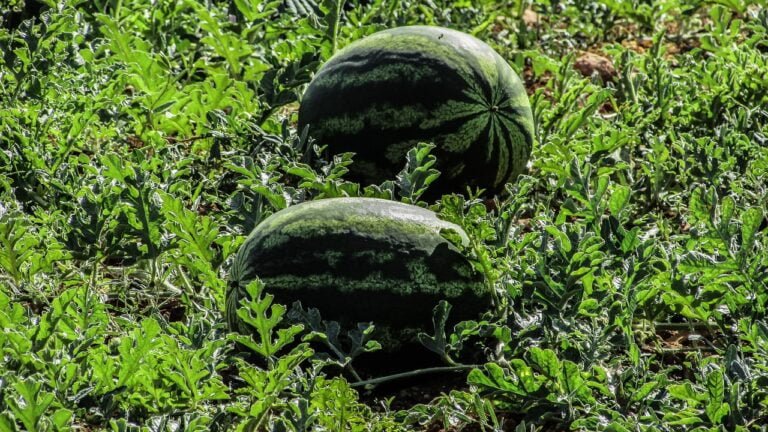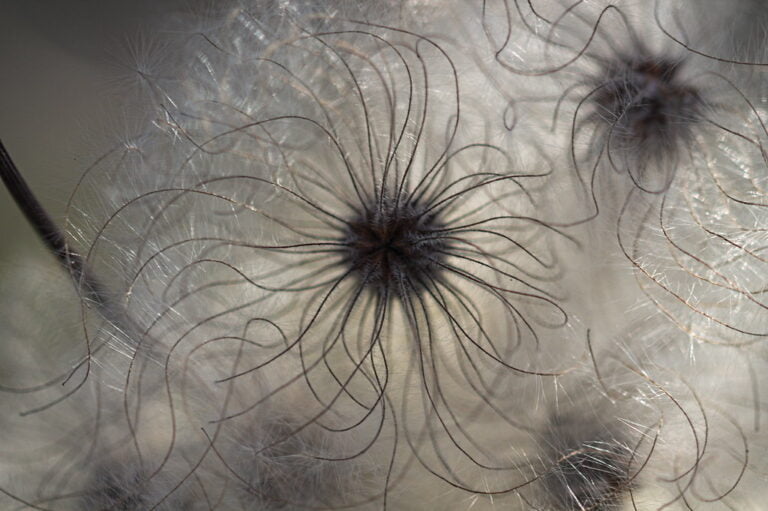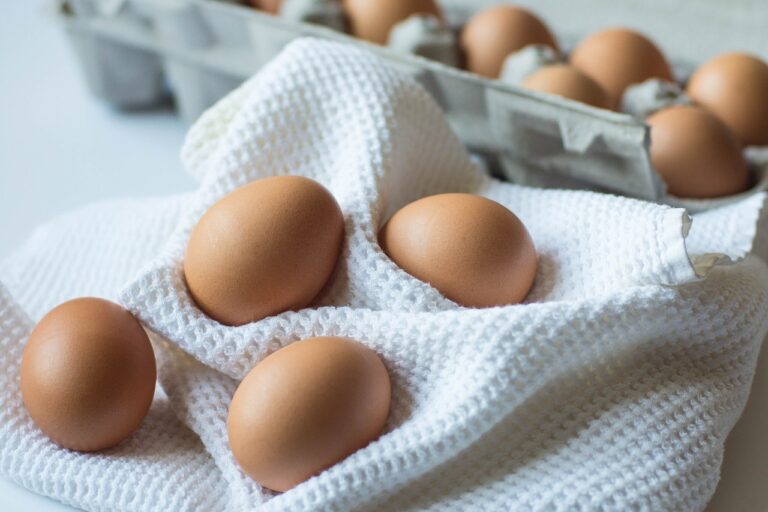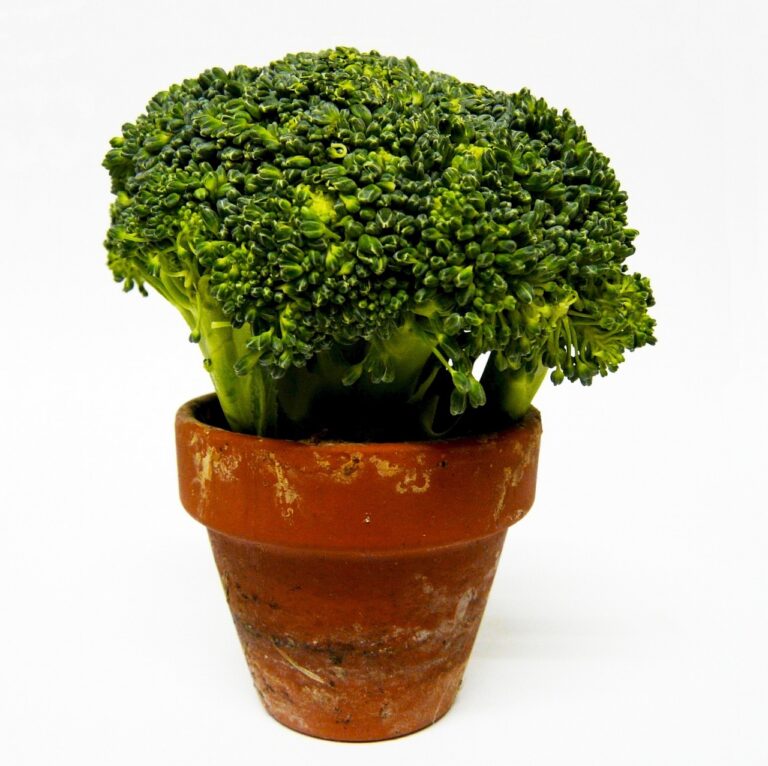Understanding the Right Time to Harvest Sunflower Seeds
I’ll explain the perfect time to harvest sunflower seeds. Look for the back of the sunflower head turning brown. Seeds should appear plump and firm. They should easily detach from the flower head. This timing avoids picking unripe seeds. Be cautious of wildlife getting to them too soon. Harvest when flowerheads are yellowish-brown. The brown back indicates full seed maturity. Remember, the best time falls between late summer and early fall. Ready seeds have stripes. For more details on sunflower seed harvesting techniques, investigate the factors affecting seed quality and storage.
Optimal Sunflower Seed Maturity
When determining the ideal maturity of sunflower seeds for harvest, it is important to observe the browning of the back of the sunflower head as a key indicator of readiness. The back of the sunflower head serves as a reliable signal that the seeds have reached an ideal level of maturity for harvesting. Mature sunflower seeds are characterized by their plumpness, firm texture, and the ease with which they detach from the flower head. Timing the harvest at this stage guarantees that the seeds have developed fully, resulting in a better flavor profile.
Harvesting sunflower seeds at the right moment is essential to prevent premature picking, which could lead to underdeveloped and tasteless seeds. Conversely, delaying the harvest risks attracting wildlife consumption as the seeds begin to wither and fall from the sunflower head. The timing of the harvest impacts the quality of the seeds, making it vital to wait until the back of the sunflower head turns brown to achieve excellent results. By observing this key indicator, one can guarantee that the seeds are at their peak for consumption or further processing.
Signs of Sunflower Seed Readiness
To determine if sunflower seeds are ready for harvest, observe the color change of the flowerheads from green to yellowish-brown. When the sunflower heads mature, the back of the flower will also turn brown, indicating that the seeds are fully developed and ready for harvesting. It is important to note that the seeds located around the edge of the flowerhead mature earlier than those at the center. This sequential maturation process is significant to take into account when timing the harvest to make sure the seeds are at their peak quality.
The timing of harvest for sunflower seeds typically occurs between late summer and early fall, depending on the specific sunflower variety and the planting time. It is vital to monitor the color change of the sunflower heads closely to determine the best time for harvest. Additionally, mature sunflowers with striped seeds are a good indicator of readiness for harvesting.
Once the sunflower seeds are dry and ready for harvest, they can be collected for various purposes. These mature sunflower seeds can be used as snacks, in cooking, or as ingredients in bird feeders. Properly store sunflower seeds in a cool, dry place to maintain their freshness and quality for an extended period.
Harvesting Sunflower Seeds Correctly
For best harvesting of sunflower seeds, make sure the sunflower heads have reached full maturity before gathering the seeds. Harvesting sunflower seeds correctly is important to ensure best quality for storage and future use. Here are some key points to take into account:
- Check for Seed Maturity: Before harvesting, examine the back of the sunflower heads. The back should be brown, indicating that the seeds are mature and ready for collection. Immature seeds will not have reached their full flavor and nutritional potential.
- Timing is Essential: Harvest sunflower seeds before the first winter frost. This timing is crucial to prevent damage to the seeds and guarantee they are of the highest quality. Waiting too long can result in losses due to environmental factors.
- Collect Plump Seeds: Mature sunflower seeds will be plump and easily separated from the flowerheads. When gathering the seeds, make sure they are fully developed to guarantee a successful harvest. Plump seeds are more likely to store well and maintain their quality over time.
Sunflower Seed Drying Process
After guaranteeing the sunflower heads have reached full maturity for seed collection, the next step in the sunflower seed harvesting process is the sunflower seed drying process. Properly drying sunflower seeds is essential to make sure they are mature and ready for harvesting. Sunflower seeds should be left on the plant until the back of the sunflower head turns brown, indicating that the seeds are dry and ready for collection.
Indoors, sunflower seeds can be dried by hanging the flowerheads in a warm, well-ventilated area. This process helps to enhance the flavor of the seeds and makes them easier to store for future use. Fully dried sunflower seeds should be plump, firm, and easily separated from the flowerheads, signaling that they are at their best harvest stage.
Effective Sunflower Seed Storage
Effectively storing sunflower seeds requires precise control of environmental conditions to maintain their quality and prevent spoilage. When storing sunflower seeds, follow these essential steps:
- Choose a Dry Place: Properly dried sunflower seeds should be stored in a cool, dry place to prevent molding. Moisture can lead to spoilage, so guarantee the storage area is free from humidity.
- Opt for Paper Bags: Sunflower seeds can be stored in paper envelopes to allow moisture to escape, maintaining their quality. Paper bags are breathable and help prevent the buildup of excess moisture that could lead to mold.
- Label for Future Use: Labeling stored sunflower seeds helps in easy identification and organization for future use. Whether you plan to use the seeds for planting, snacking, or bird feeding, clear labeling ensures you can quickly access them when needed.

